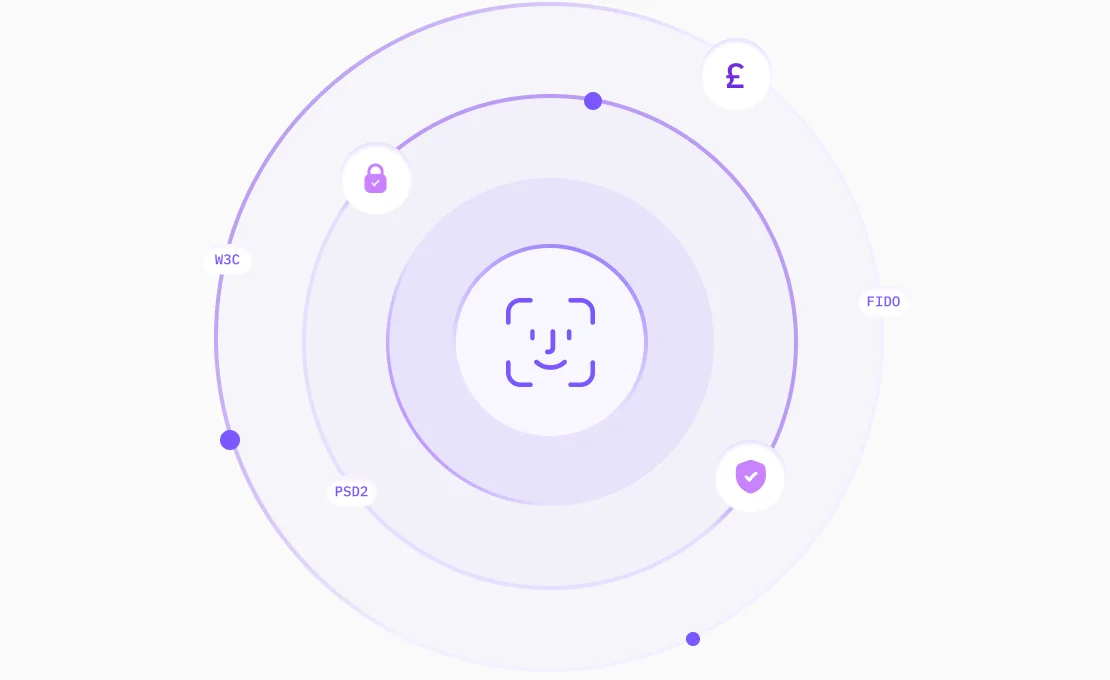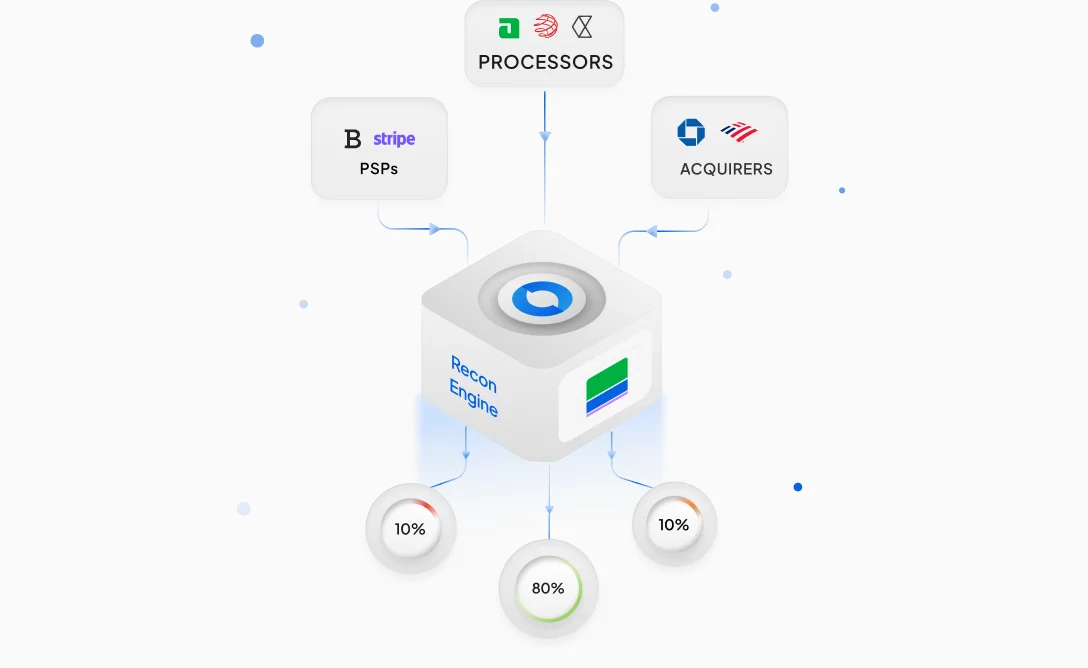The total value of digital payments in 2024 is expected to exceed $11 trillion in 2024. Businesses across the globe have largely transitioned to digital payments and must understand the complexities in the payment processing ecosystem. Understanding the fundamentals of payment processing flow is critical for businesses to stay competitive and provide customers with secure and simple payment methods. Let’s dive into what payment processing is and how you can navigate through its complexities.
What is Payment Processing?
Understanding the Basics
At its core, payment processing refers to a series of triggered actions when a consumer initiates a digital payment method. These actions cover a wide array of activities, such as opening secure payment gateways, processing card payments, linking customers’ digital payment wallets, communicating with the customers’ banks issuing the payments, and more.
Why is Payment Processing Important?
Payment processing is a complex process that facilitates the initiation and completion of trade, which enables the economic growth of the eCommerce industry. With quick and efficient transaction methods already the preferred route for most customers nowadays, secure payment processing flows have become the backbone of businesses. The convenience of transferring information from merchant terminals to the issuing banks or credit card companies and then back to the business systems within seconds is unparalleled in its importance. A business’s success is highly dependent on the payment processing flow it adapts and how well it can communicate with the customers.
How Does Payment Processing Work?
The Key Steps in Payment Processing Flow
The payment processing flow is comprised of six major steps:
- Initiation: The customer chooses a payment method.
- Authentication: Customer payment information is validated for secure processing.
- Processing: The issuing bank processes the payment.
- Authorisation: The issuing bank approves or declines the payment.
- Completion: The merchant completes the sale.
- Settlement: A receipt is generated, and the payment is finalised.
Payment Gateway vs. Payment Processor: What’s the Difference?
In simple terms, a payment gateway is a payment service provider, whereas a payment processor is a traditional financial company that manages payments.
Payment processors are companies that manage electronic transactions on a technical level. Their job is to facilitate and handle the payment information securely between the merchant, the customer, and financial institutions such as banks or credit card companies. Payment processors secure this process by encrypting the payment information, routing it, connecting merchants with relevant networks, and even providing necessary equipment, such as kiosks.
On the other hand, payment gateways act as a digital connector between customers and payment platforms. These are not companies like payment processors but a digital tool, which makes it more convenient for businesses to manage payment processes and engage with their customers. Payment gateways connect the websites or online stores directly to the financial systems responsible for processing the payment. Payment gateways conveniently and safely transfer payment information between merchants, customers, and banks.
Common Payment Methods Supported
Some common methods of payment include:
- Debit / Credit Cards - The most popular and preferred payment method.
- Mobile Payments - An emerging favourite that facilitates transactions via apps like Google Pay or digital wallets like Samsung Wallet.
- ACH (Automated Clearing House) - Direct bank-to-bank electronic transactions, usually used for automated payments (e.g., subscriptions or direct deposit cheques) via an ACH network.
Advantages of Efficient Payment Processing
Improved Transaction Speed
With optimised payment processes, customers can initiate and complete their transactions within seconds. Payment failures are easily rectified through notifications and reconciliation processes, which reduces human error. This transaction speed greatly enhances customer experience, with 86% of customers more likely to spend more for a good customer experience.
Security and Fraud Protection
Payment processors and gateways employ stringent security measures to protect against fraudulent or accidental payments. Moreover, regular software updates, transaction monitoring, and streamlined reconciliation processes help maintain customers’ trust in the business.
Better Customer Experience
Customers like being offered multiple payment processing options, which makes the experience convenient for them. Enhancing customer experience with this convenience can lead to better sales and retention rates.
Challenges in Payment Processing
Technical Complexities
Understanding the various technical aspects of payment processing and the complexities that can arise can be challenging for businesses. Navigating through these complexities without a specialised department can prove detrimental.
Compliance and Regulation
The most harrowing and complex task for payment processing management is keeping track of all the regional and global compliance requirements and regulations. Missing out on following even one of them can lead to fines or legal repercussions.
The effective and efficient solution for both of these challenges is to hire specialised payment processors to manage and optimise payments or use trusted payment infrastructure platforms to mediate the payments.
Choosing the Right Payment Processor
Factors to Consider
As you gain a better understanding of your business model, you will be able to figure out your target audience’s behaviour with better nuance. It is critical to assess what payment methods they prefer to engage with your business, like ACH, credit or debit cards, mobile payments, in-person cash payments, or a combination of all. This can help you determine the scale of payment processing you need and what payment processing solutions would be the most suitable for you and your budget.
Cost and Pricing Models
When securing a merchant account, it is crucial to assess and compare the pricing models of different payment processing solutions. This will ensure you find a provider that aligns with your financial needs.
Digitise Payments with Full Efficiency
The future of payments is leaning heavily towards digital solutions. With a value of $11.12 trillion in 2023 and an expected value of $19.3 trillion by 2028, digital payments have a projected CAGR of 11.8% through 2028. Businesses should optimise their customer experience with streamlined and trusted payment processing solutions. With trusted digital payment solutions, businesses can make the most of this environment and enable better sales and customer experience!
























